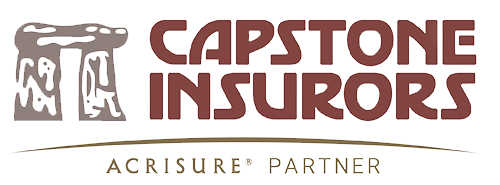Effective employee communications are essential to ensuring smooth operations for any business. A key element of your employee communications package should be your employee handbook.
An employee handbook sets out a company’s policies and procedures. It establishes standards for all facets of on-the-job conduct and can prevent misunderstandings on the part of employees as to what is expected of them. Employers generally give an employee handbook to new workers upon hire, and to all employees whenever the handbook undergoes revision.
There are no set rules as to what to include in an employee handbook, so handbook content varies from company to company, and may be somewhat dependent on the type of business, its location, and employee demographics. Listed below are common topics that appear in employee handbooks:
• Welcome to the company
• A description of the company and its mission statement
• Definitions of important terms, such as “full-time” and “part-time” employee and what is considered a normal “work week”
• Work hours and attendance policies
• Expectations about conduct while at work, including interactions with customers and coworkers, and the dress code
• Safety procedures and what to do in the event of an accident at work or other type of emergency or disaster
• Policies on tobacco use on company premises
• Confidentiality policies concerning company information and processes
• Time off policies (vacations, sick days, personal days)
• Employee benefits (best to do only a brief mention, while referencing summary plan descriptions and other official benefits communications)
• Policies regarding use of phones, email and Internet
• Procedures for filing grievances about supervisors or coworkers
• Disciplinary process for infractions of any company rules
• Performance reviews and policies on promotions and demotions
• Disclaimers, which state that the handbook is not to be construed as a contract or guarantee of employment
It is important for you to document that employees have received a copy of the handbook and read it. Therefore, it is common to include an acknowledgement form, which an employee should tear out, sign and date, and return to your human resources or personnel department.
Remember who is reading your company’s employee handbook and draft it accordingly. Are your employees primarily high-school educated? Or professionals with college and/or graduate degrees? Generally, your employee handbook should be written at the level of your least educated employees. However, this doesn’t mean you should “write down” to employees; rather, it means to choose language that will not go over your readers’ heads, while still being clear, concise and engaging.
If you decide to write—or revise—your employee handbook in-house, there are templates available (including on the Internet) to help you through this exercise. Regardless of whether you use a template or write your employee handbook from scratch, be sure to have your company’s attorney review the written product. This is a safeguard to ensure that the language used conveys your intended meaning and minimizes the chances of misunderstandings that could lead to employee disgruntlement and legal action. Review is especially important if you have used a pre-formatted template, since such a document may not include all items important for your business and its location, or may include provisions that do not apply to you.
To stress the importance of the handbook to employees, highlight it in employee orientation sessions by reviewing its most significant provisions. If you’ve revised the handbook and are redistributing it to all employees, consider celebrating its release with a simple lunch or brief afternoon gathering with cake or snacks. This gives you an opportunity to stress the importance of the handbook to employees and hit upon any company policies you want to emphasize.
